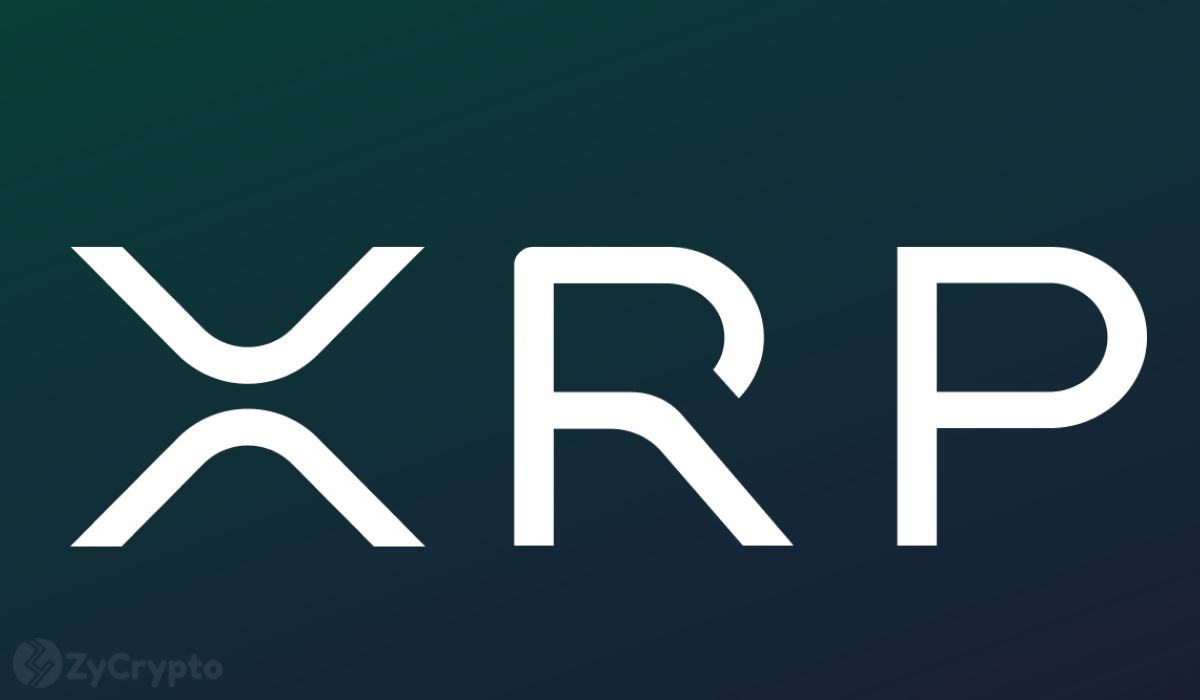ARTICLE AD BOX

At first glance, the realm of artificial intelligence (AI) and blockchain technology seem to be at loggerheads with one another, each demanding resources that seem incompatible with the other’s core principles.
The blockchain, for example, focuses on decentralization and immutability while operating within certain constraints of limited memory and throughput (especially for on-chain activities). In contrast, AI thrives on massive training sets and requires high-performance computing to function effectively.
To elaborate, AI systems typically process terabytes of data to train machine learning models, necessitating robust computing infrastructure and rapid data throughput. On the other hand, the blockchain operates on a decentralized network where data is stored in blocks, and multiple nodes verify transactions.
This architecture inherently limits the amount of information that can be processed at any given time, leading to scalability issues that can significantly impede the performance of AI applications relying on real-time data processing and analysis.
Another critical point of tension arises from the differing approaches to data management and privacy. While AI systems benefit from access to large datasets, often including sensitive information, the blockchain is designed to ensure data immutability and transparency.
Lastly, the energy consumption associated with both technologies further complicates their relationship. For perspective, a single Bitcoin transaction is estimated to consume around 584 kWh of energy, equivalent to the average tri-weekly electricity consumption of a U.S. household.
Evolving digital architectures to craft a better future
Despite these fundamental challenges, a host of innovative offerings have emerged in recent years to help bridge the above-stated divide. They leverage the strengths of both sectors to create powerful, integrated solutions. One such example is the AO project (built on Arweave), which aims to integrate large AI models into smart contracts.
To elaborate, the platform’s architecture allows for trust-minimized parallel computation, enabling AI agents to operate efficiently on-chain. Moreover, AO supports various AI functionalities, such as predictive analytics and automated decision-making, while ensuring data integrity and security using a decentralized architecture.
Another innovative platform in this regard is Neureal, which leverages AI to analyze historical cryptocurrency data and predict future market trends. By employing machine learning models, Neureal identifies patterns and correlations within vast datasets, enabling investors to make informed decisions based on predictive analytics.
That said, among the various platforms pushing the boundaries of what the synthesis of these two technologies can achieve, ZeroGravity (0G) stands out from the rest of the fray. This is because it addresses one of the most critical challenges facing both realms, i.e. scalable data availability.
0G is the first data availability system with a built-in general-purpose storage layer that is both highly scalable and decentralized. Its key innovation lies in its approach to compartmentalizing the data availability workflow into two different boxes.
By creating a clear distinction, the platform allows for large volumes of data transfers to occur in one lane, supported by a storage layer that achieves horizontal scalability through well-designed partitioning. Meanwhile, all data publishing activities occur via consensus of data availability sampling, thereby requiring a minimal flow of information.
0G’s architecture enables it to achieve unprecedented performance levels, capable of producing about 50 gigabytes per second — a rate that is 50,000 times faster than some of its competitors — as well as a level of cost-effectiveness (approximately 100 times cheaper than alternatives) that is still relatively uncommon in today’s digital ecosystem
Lastly, 0G delivers a high level of programmability, allowing users to choose how long their data is stored, where it’s stored, and the level of replication or security. Users can also offload their entire application state to the platform for management, a feature not available in other platforms.
A future driven by synergy, not competition.
As per data available online, the market potential for the convergence of AI and blockchain is immense. The AI industry is projected to reach approximately $1.8 trillion by 2030, while the blockchain technology market is expected to grow to $249 billion by 2029.
Furthermore, the demand for “decentralized compute resources” is also surging, as evidenced by the rise of decentralized compute marketplaces designed to facilitate the leasing of graphical processing units (GPUs) necessary for AI model training.
To this point, the global GPU market, valued at $23.5 billion in 2020, is expected to reach a net capital of $477 billion by 2030, indicating a burgeoning demand for the computational power that AI and blockchain can collectively provide.
In that regard, as platforms like 0G continue to push the boundaries of what’s possible, it is not farfetched to anticipate a future where AI and blockchain work in harmony to create more efficient, secure, and democratized digital ecosystems — since their convergence can not only enhance the capabilities of both technologies but also open up new possibilities for innovation across various sectors, from finance and healthcare to supply chain management and beyond.
.png)
 3 months ago
4
3 months ago
4








 English (US)
English (US)